While some people may view the Myers Briggs Type Indicator or MBTI as a bunch of useless mumbo jumbo akin to astrology, there are many who believe that it is a useful tool in understanding people. In fact, a lot of businesses use the MBTI to help their employees reach their full potential and learn more about how they truly work. Although there are 16 Myers Briggs personality types, this list covers the 10 rarest types. The population statistics in this list are based on the Myers Briggs Company’s research and only represent the United States since this is where MBTI originated.
ENFP
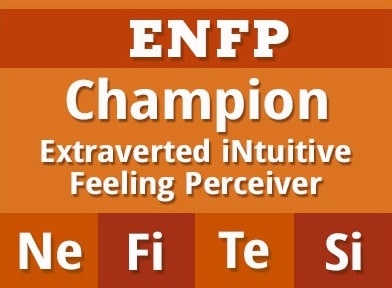
Percentage of Population (Based on U.S. Statistics): 8.1% (6 to 8%)
Strengths: Enthusiastic; Creative; Warm; Future-oriented; Individualistic; Caring; Optimistic; Insightful; Playful; Spontaneous
Weaknesses: Poor practical skills; Overthinking; Easily stressed; Highly emotional; Has difficulty focusing
Notable People Who Have These Traits: Quentin Tarantino; Will Smith; Robin Williams; Kelly Clarkson; and Russell Brand
Independent to a fault, ENFPs are truly free-spirited people. ENFPs hate being tied down by stringent rules and believe in being the masters of their own fate. While ENFP is often the life of the party, they are necessarily interested in the excitement of the moment, but truly enjoy making social and emotional connections with others. ENFPs really have no trouble making friends and love using their wit, humor, and mastery of language to create engaging stories. As a highly intuitive type, if ENFP isn’t careful they can fall into the trap of assuming and anticipating other people’s motives and actions. This leads ENFP to overthink and they can have a hard time taking things at face value. Additionally, ENFPs are easily stressed and have a tendency to get overwhelmed.
ISTP
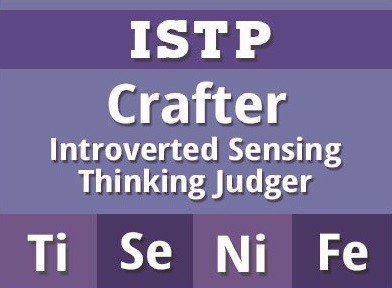
Percentage of Population (Based on U.S. Statistics): 5.4% (4 to 6%)
Strengths: Logical; Quietly analytical; Practical; Curious; Problem-solver; Exact; Hands-on; Adventurous; Observer
Weaknesses: Stubborn; Insensitive; Private and Reserved; Easily bored; Engages in risky behavior
Notable People Who Have These Traits: Michael Jordan; Clint Eastwood; Tom Cruise; Milla Jovovich; and Bear Grylls
ISTPs love working with their hands and make up the world’s artisans and craftspeople. They use logic to seek practical solutions to meet challenges head on. ISTP loves taking things apart to see how they work and putting them back together with improvements. While ISTP may not be as emotional or sensitive as some other types, they do show people that they care by being quick to lend a helping hand. Unlike some other introvert types, who may be more social, ISTPs are truly independent. They can easily get lost in their work and would rather have complete silence than suffer through small talk. This makes it difficult to get to know an ISTP.
INFP
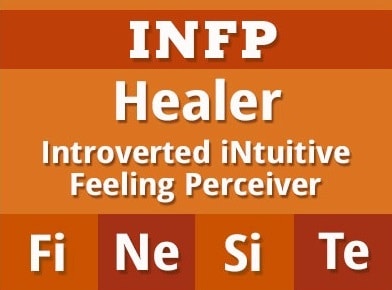
Percentage of Population (Based on U.S. Statistics): 4.4% (4 to 5%)
Strengths: Quietly caring; Compassionate; Creative; Idealistic; Empathic helpers; Inquisitive; Independent; Adaptable
Weaknesses: Too idealistic; Too altruistic; Impractical; Take things personally; Difficult to get to know
Notable People Who Have These Traits: William Shakespeare; Julia Roberts; William Wordsworth; J.R.R. Tolkien; and Alicia Keys
INFPs are often mistaken as INFJs because they both share many traits, but INFPs are the true idealists of the world. They are often labeled as healers or mediators and INFPs are guided by their core values and beliefs. As healers and mediators, INFPs see the potential for a better future and are highly compassionate, sensitive, and caring. If left unchecked, an INFP’s selflessness can be detrimental as they can get too caught up in their quest for good and neglect their own basic needs. Additionally, INFPs often feel let down over and over again due to their extreme idealism.
ESTP
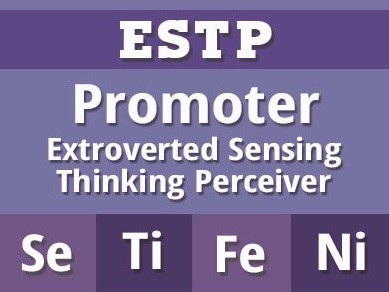
Percentage of Population (Based on U.S. Statistics): 4.3% (4 to 5%)
Strengths: Excitement seeking; Pragmatic; Easygoing; Observant; Realistic; Efficient; Spontaneous; Troubleshooter; Experiential
Weaknesses: Insensitive; Impatient; Risk-prone; Unstructured; Defiant; May miss the bigger picture
Notable People Who Have These Traits: Ernest Hemingway; Madonna; Samuel L. Jackson; Nicolas Sarkozy; and Eddie Murphy
ESTPs enjoy living a high paced life and are often thrill-seeking adventurers. There’s nothing an ESTP loves more than being the center of attention. ESTP enjoys entertaining, talking to anyone and everyone, and making people laugh. Not only do ESTPs use their energy to have a good time, but they also assess things quickly and are able to tackle problems easily to move things along. This is why ESTPs make good entrepreneurs. With so much energy to burn, ESTPs can be impatient and don’t know when to slow down. Also, since ESTPs like to keep things lighthearted, they have a hard time dealing with serious emotions and can feel uncomfortable in emotionally charged situations.
INTP
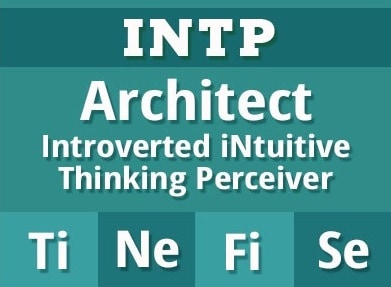
Percentage of Population (Based on U.S. Statistics): 3.3% (3 to 5%)
Strengths: Logical; Conceptual; Detached; Intellectually curious; Questioning; Adaptable; Independent; Objective
Weaknesses: Critical; Absentminded; Condescending; Withdrawn; Insensitive; Hates rules and guidelines
Notable People Who Have These Traits: Albert Einstein; Bill Gates; Isaac Newton; Rene Descartes; and Stanley Crouch
INTP are highly logical people and tend to gravitate toward the sciences and other technical occupations. Usually known as the philosopher, the architect, or the dreamy professor, INTPs have been responsible for many of history’s greatest scientific discoveries. INTPs spend a lot of time internally thinking about things and trying to understand life’s great mysteries. While INTPs may be book smart, when it comes to people they can be clueless. They are often detached and because they know so much, INTPs can come across as condescending and insensitive. Although INTP likes to share ideas, they get impatient when they have to explain things and people can’t keep up with what they’re saying.
ENTP
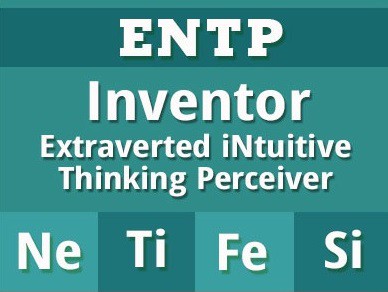
Percentage of Population (Based on U.S. Statistics): 3.2% (2 to 5%)
Strengths: Energetic; Inventive; Theoretical; Analytical; Change oriented; Adaptable; Independent; Novelty seeking; Ingenious; Verbal
Weaknesses: Insensitive; Very Argumentative; Intolerant; Can be unfocused; Dislike practical matters
Notable People Who Have These Traits: Mark Twain; Thomas Edison; Tom Hanks; Celine Dion; and Weird Al Yankovic
ENTPs are visionaries and innovators who love to challenge the status quo. One of things that ENTPs love to do the most is talk to people to share ideas and engage in small and big debates. People who are ENTP have a sharp wit and are knowledgeable on a wide range of topics, providing ammo for their debates. On the flip side of ENTPs love for exchanging ideas, they can be very argumentative and tend to tear down others’ beliefs and ideas. Additionally, ENTPs can be quick to write people off if they can’t keep up with them or back up their ideas.
ENFJ
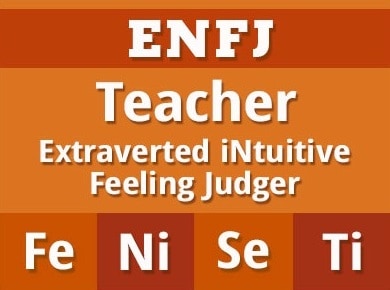
Percentage of Population (Based on U.S. Statistics): 2.5% (2 to 5%)
Strengths: Actively sociable; Enthusiastic; Harmonizer; Idealistic; Empathic; Cooperative; Imaginative; Appreciative; Tactful
Weaknesses: Overly idealistic; Too sensitive; Too selfless; Self-critical; Struggle with making tough decisions
Notable People Who Have These Traits: Barack Obama; Oprah Winfrey; Maya Angelou; Malala Yousafzai; and Sean Connery
ENFJ are natural born leaders, but unlike ENTJs, they are more interested in helping others achieve their goals over their own needs. These type of leaders are compassionate and charismatic and ENFJ are often teachers, coaches, and politicians. While ENFJ is ambitious, they don’t seek personal gain and use their efforts to improve the world and help others reach their full potential. Although ENFJ are some of the kindest people, sometimes they take their altruism too far and often give too much of themselves. ENFJ are self-reflective, which can lead them to be too hard on themselves.
INTJ
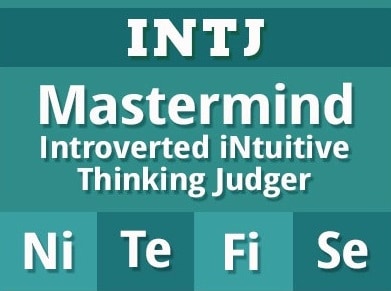
Percentage of Population (Based on U.S. Statistics): 2.1% (2 to 4%)
Strengths: Quietly innovative; Insightful; Conceptual; Logical; Independent; Determined; Seeks Understanding
Weaknesses: Critical; Arrogant; Judgmental; Overly analytical; Clueless in romance; Hate rigid rules
Notable People Who Have These Traits: Michelle Obama; Friedrich Nietzsche; Elon Musk; Colin Powell; and Arnold Schwarzenegger
INTJ are strong thinkers with a great imagination, making them some of the greatest problem solvers. Like INFJ and ENTJ, those who are INTJ are relatively rare and make up only about 2% of the population. Unlike some other imaginative types, INTJ actually try to implement their ideas to tackle problems. They don’t just like to dream, INTJ stay focused and work hard to bring their ideas to life. One of the downsides of critically observing the world is that INTJ can often be pessimistic. INTJ can also come off as judgmental and see people as too lazy and selfish to reach their goals. Another negative trait associated with INTJ is their refusal to follow strict rules, restrictions, and traditions.
ENTJ
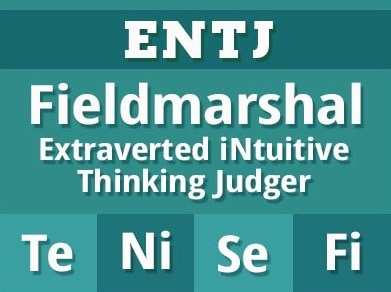
Percentage of Population (Based on U.S. Statistics): 1.8% (2 to 5%)
Strengths: Planner; Vision focused; Decisive; Conceptual; Strategic; Assertive; Logical; Organized
Weaknesses: Critical; Stubborn/Dominant; Intolerant; Impatient; Arrogant; Cold; Ruthless
Notable People Who Have These Traits: Steve Jobs; Franklin D. Roosevelt; Margaret Thatcher; Malcolm X; and Whoppi Goldberg
While not quite as rare as INTJ, people who are ENTJ are few and far between – less than 2% of the population are this personality type. ENTJ are the leaders of this world and are typically charismatic and confident. However, ENTJ can sometimes come off as cocky and unyielding in their personal vision. ENTJ are driven and many world leaders, CEOs, and entrepreneurs exhibit ENTJ traits. When an ENTJ is focused, they can accomplish anything and drive their team to also achieve top results. While ENTJ’s driven nature is generally a good thing, they have a hard time dealing with emotions and may not realize when they hurt people close to them.
INFJ
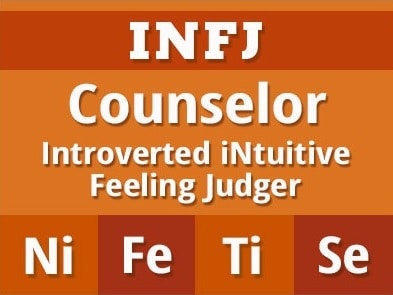
Percentage of Population (Based on U.S. Statistics): 1.5% (1 to 3%)
Strengths: Insightful; Creative; Serious; Quietly intense; Persevering; Inspiring; Loves languages and symbols
Weaknesses: Perfectionistic; Extremely private; Can burn out easily; Always need a cause; Sensitive/Defensive
Notable People Who Have These Traits: Martin Luther King Jr.; Nelson Mandela; Mother Teresa; Lady Gaga; and Marie Kondo
If you know anything about personality types, you’ve probably seen it said many times that INFJ is the rarest Myers Briggs personality type with only about 1.5% of the population testing as this type. INFJ are the dreamers of the world who work hard to make these dreams a reality. A majority of INFJ see helping others as their life’s purpose and are always there to lend a helping hand. While INFJ may appear soft on the outside, they are fierce and strong-willed, but only use this high energy to make the world better and not for personal gain. Although INFJ love helping others, they tend to be very introverted and private.
This article originally appeared on Rarest.org.
More from Rarest.org
The 15 Most Expensive Diamond Colors in the World
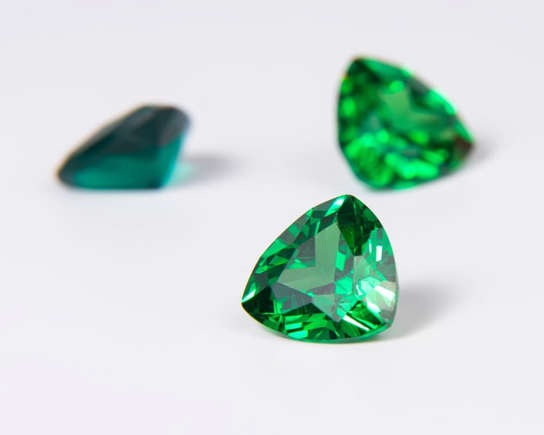
The value of a diamond often hinges on its color, with rarity and demand dictating its worth in the global market. This article delves into the 15 most expensive diamond colors, exploring the factors that make each shade a coveted treasure. Read More
10 Rarest Game Consoles in the World

From prototypes that never made it to market to limited edition variants with exclusive features, these ten consoles stand out as some of the most sought-after collector’s items among gaming enthusiasts. Join us as we explore the stories behind these rare gems, delving into their unique designs, historical significance, and the quest for gaming greatness that continues to captivate collectors worldwide. Read More
16 Most Expensive Maybach Cars

Maybach has long been synonymous with luxury and extravagance, crafting some of the automotive world’s most opulent and coveted vehicles. Spanning from elegant sedans to lavish SUVs, Maybach’s lineup is renowned for its meticulous craftsmanship, innovative technology, and uncompromising comfort, catering to the most discerning of automotive enthusiasts. Read More
